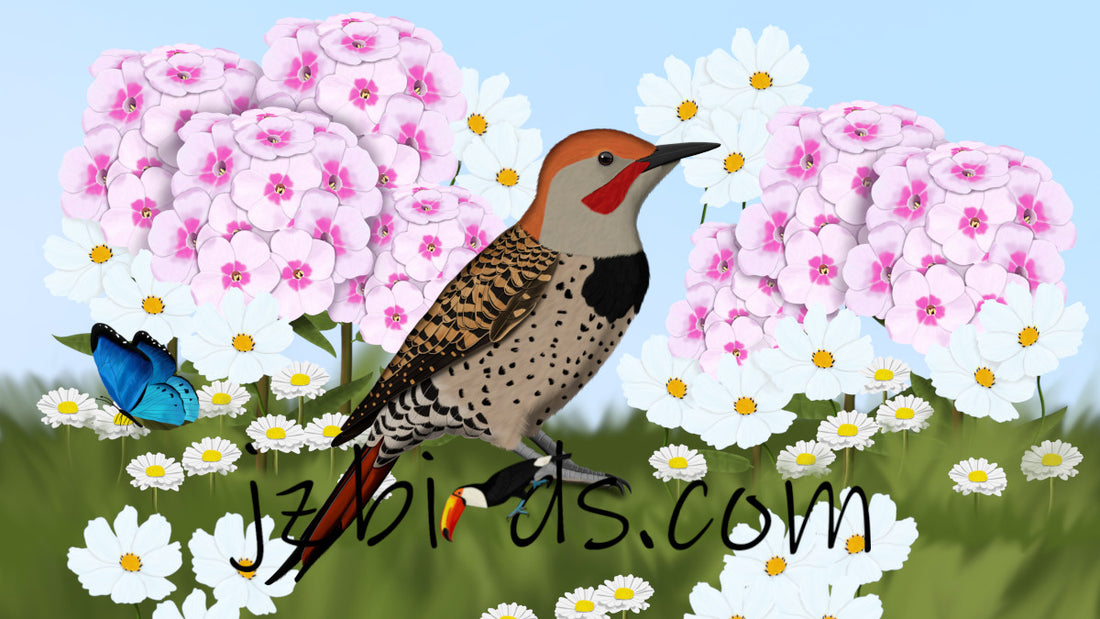
The Northern Flicker - A Woodpecker Native to America
Share
The Northern Flicker, scientifically known as Colaptes auratus, is a fascinating woodpecker species native to North America. This bird is distinct from other woodpeckers due to its unique characteristics and behaviors.
What sets the Northern Flicker apart from other woodpeckers?
Unlike traditional woodpeckers, the Northern Flicker is often found foraging on the ground for insects, rather than drilling into trees. This behavior is due to its preference for ants, which make up a significant portion of its diet. In addition, the Northern Flicker has a distinctive appearance with its spotted plumage and bright flashes of color under its wings.
Where can you spot the Northern Flicker?
The Northern Flicker can be found across North America, from forests to open woodlands, and even in urban areas. They are commonly seen perched on the ground or on trees, searching for their next meal. Keep an eye out for their unique flight pattern, which includes a distinctive undulating motion as they move through the air.
How does the Northern Flicker contribute to its ecosystem?
As a primary predator of ants, the Northern Flicker plays a crucial role in controlling insect populations. By feeding on ants, they help maintain a balance in the ecosystem and prevent overpopulation of these insects. Additionally, their foraging behavior helps aerate the soil, which can benefit plant growth in their habitat.
What are some interesting facts about the Northern Flicker?
- The Northern Flicker is one of the few woodpecker species that migrates. Some populations travel south for the winter, while others remain in their breeding grounds year-round.
- They are known for their distinctive call, which sounds like a loud, repetitive "wick-a-wick-a-wick."
- Northern Flickers are cavity nesters, often using abandoned woodpecker holes or artificial nest boxes for breeding.
Overall, the Northern Flicker is a unique and important species in the woodpecker family, with its distinct behaviors, habitat preferences, and contributions to the ecosystem.









